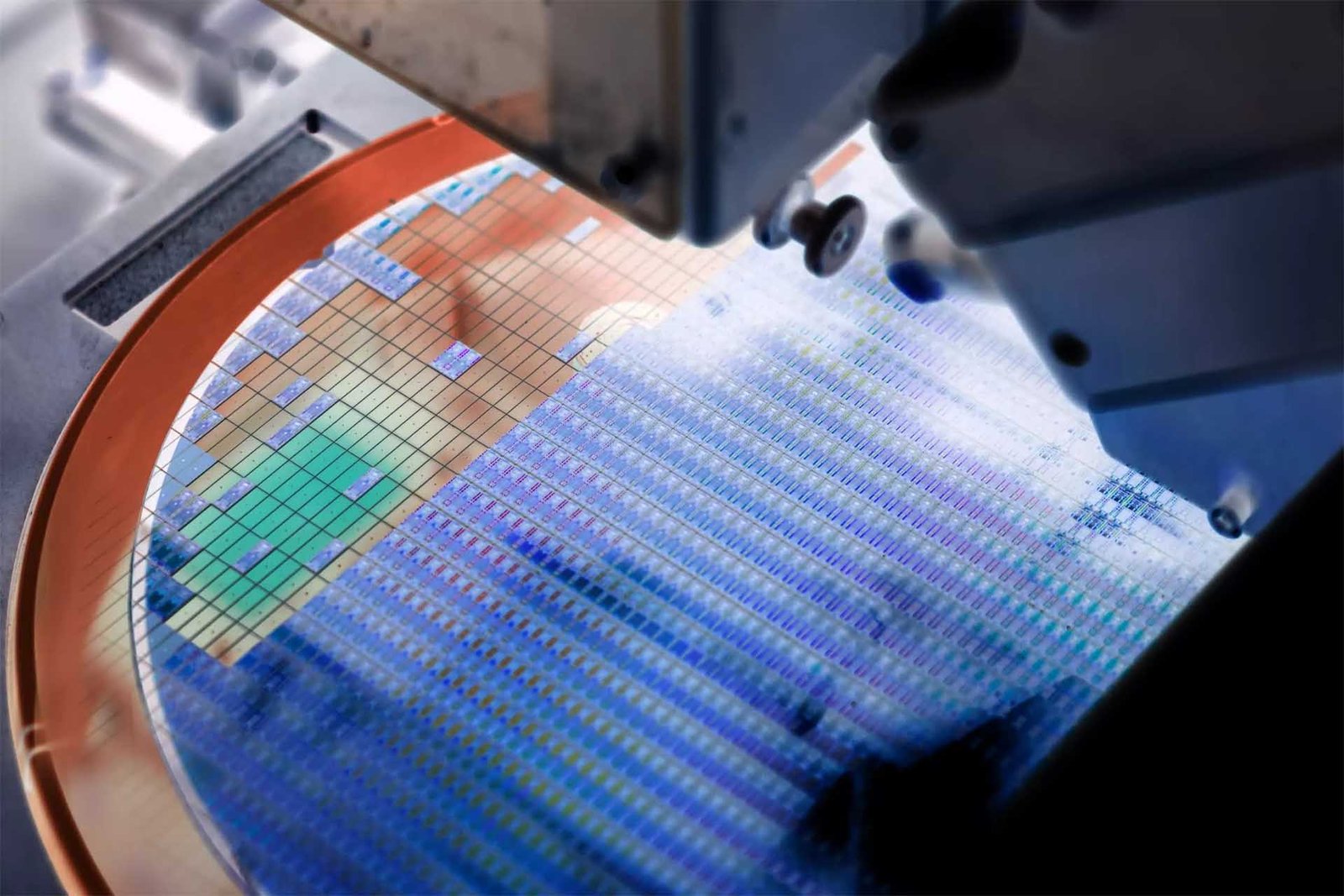The Taiwan Semiconductor Manufacturing Company Limited (TSMC) recently reported that it has approved $9 billion in capital expenditure. This news comes as the company is looking to simultaneously focus on developing both of its latest and mature semiconductor manufacturing processes.
The world’s biggest contract chip manufacturer is in process of aggressively expanding its manufacturing capacity through building new foundries in Taiwan, the United States, and Japan. We can expect the new plants to manufacture their advanced and mature chip technologies, and some of the $9 billion approved by the company’s board will go towards these purposes according to the report.
Currently, the roadmap of the company involves that the company will manufacture its products through the leading edge 3-nanometer (nm) during the second half of next year, with trial production for this process expected to commence soon.
For now, the leading manufacturing process of the company is the 5nm node, which consists of several process families, with the latest one being the N4P node.
The $9 billion TSMC’s board approved capital expenditure in a meeting held on Monday, and the details outline that these funds will be used for:
Approved capital appropriations of approximately US$9,036.44 million (approximately NT$239,464.84 million) for purposes including 1) Installation and upgrade of advanced technology capacity; 2) Installation of mature and specialty technology capacity; 3) Installation of advanced packaging capacity; 4) Fab construction, installation of fab facility systems, and capitalized leased assets; 5) First quarter 2022 R&D capital investments and sustaining capital expenditures.
In other news, within ten months of 2021, TSMC’s revenue now stands at NT$1.28 trillion, and the company reported a growth of 17% over the year-to-date October revenue for 2020. these drops come in as rumors are going around that TSMC is due for an inventory correction. This is because the semiconductor industry braces for a demand reduction in the wake of historic shortages and capacity growth.


